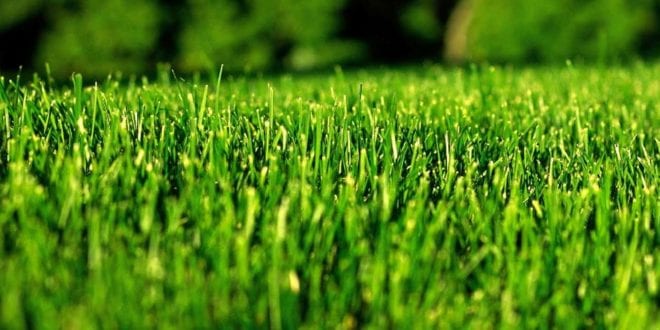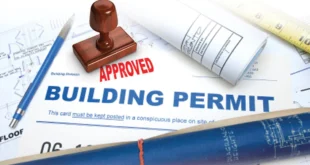In the process of revegetation, the ground with no plants and bad soil is regenerated and inhabited with various plant species. This process has a huge impact on the environment and making one more suitable for vegetation.
The best type of revegetation is the natural one, but sometimes there are conditions where a natural way of regeneration is not possible. The ground that is regenerated naturally has more chance to recover to the state with all of the species that lived there, and that is the reason why most people choose to leave nature to finish this process by itself. However, there are situations where we have to intervene.
For example, when the ground was changed with too much cultivation, and there are small chances for that place to regenerate properly. There are two types of processes for revegetation, and those are Hydroseeding and Hydro mulching, and both of them are highly effective.
What are the Advantages of Revegetation?
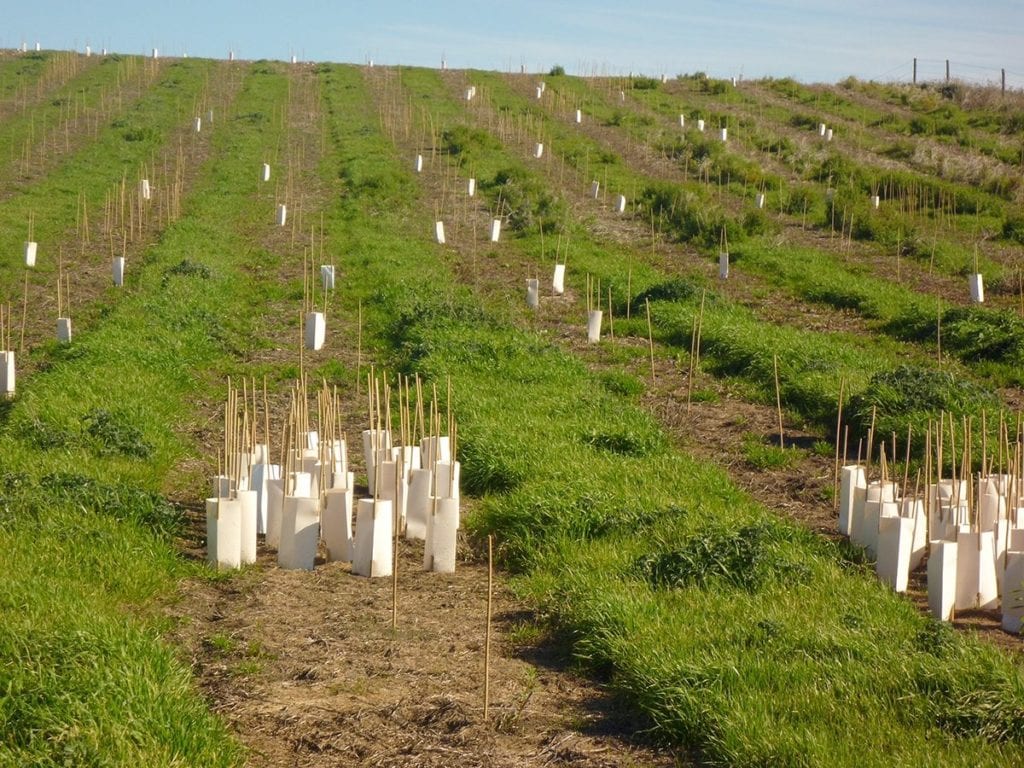
There are many advantages that this process is providing to the whole ecosystem. Regeneration will help the biodiversity to regrow some species that wouldn’t be able to regenerate naturally. Also, a healthy ecosystem with a diversity of plants can help in preventing erosion of the ground, and even provide us with cleaner water.
Furthermore, the biodiversity of plants will also help in restoring the wildlife of that area. If you are planning to revegetate some ground around your home, you will get a better value of your property, shade, and better protection from the wind. Besides, it will improve the appearance of your backyard. However, it is very important to have a proper plan for this process to be successful, and it takes a lot of time for it to be done.
Planning and Choosing Selection of the Area for Revegetation
The revegetation is not a simple process, and it requires a lot of time and good organization for it to be successfully done. Before starting to plant trees or any other plants, you have to know that many other factors could affect the regeneration, and that is the main reason why you should first make a good plan.
First of all, the ground that you are planning to revegetate must be suitable and healthy for plants. You will have to determine the right area because after you plant that ground, you must be able to maintain it in the right way. That requires a lot of time and dedication, you will have to monitor that place, and provide it with the proper amount of water.
Fortunately, there are companies specialized for revegetation, with the professionals who can determine which type of plants and how big area you should choose.
If you are interested in services from professionals who can provide you with the right knowledge for this process, you should check SprayGrassAustralia.com, where you can find out what type of solution would be the best for the conditions of the ground that you want to regrow.
What are the Most Important Steps in the Process of Revegetation?
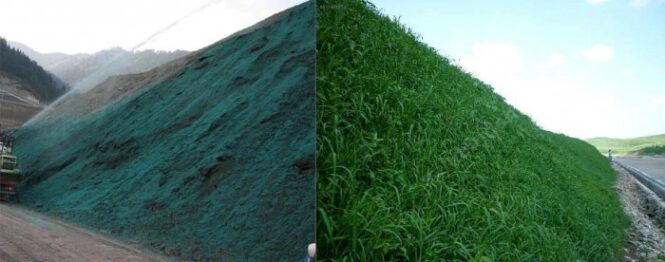
The professional companies specialized for the revegetation process have teams of experts who can determine the best option for regeneration and regrow of some area. With their knowledge and experience, they will find the best possible way to provide their clients with the best results in the shortest possible time.
Some of the main steps in re-growing are Testing, Determination of which type of plants you should grow, monitoring, flexibility, use of additives for soil, spraying, and maintenance. Each one of these steps has a huge impact on the success of the whole process.
A first and very important step is to test the ground to see if it is suitable for planting, and what type of plants you should grow on that ground. The best type of testing is a complex analysis that will show the biological, chemical, and physical specifications of the ground.
With the data that you got from the analysis of soils, you can choose proper plants to regrow the desired area.
Most of the companies that are doing restorations of the ground are using drones, surveys, and 3D modeling, along with the mapping of the whole area to minimize the chances for any possible problem.
There are a lot of situations where the ground is not compatible with the revegetation, and there is no chance for it to regenerate naturally. In that case, there are some additives required for the ground to be able to plant anything there. Some of those additives are extracts, minerals, conditions, fibers from plants, and many. These ingredients will help the grounds to be able again for cultivation.
Nonetheless, during the process of planning, it is necessary to calculate how far plants will be from each other, and this is especially important if you are planting trees. Some bad planning could lead to a lot of complications later. If you want to create a natural environment, the best distance between trees should be a minimum of 10 meters, and sometimes 20, depending on what type of trees you are planting.
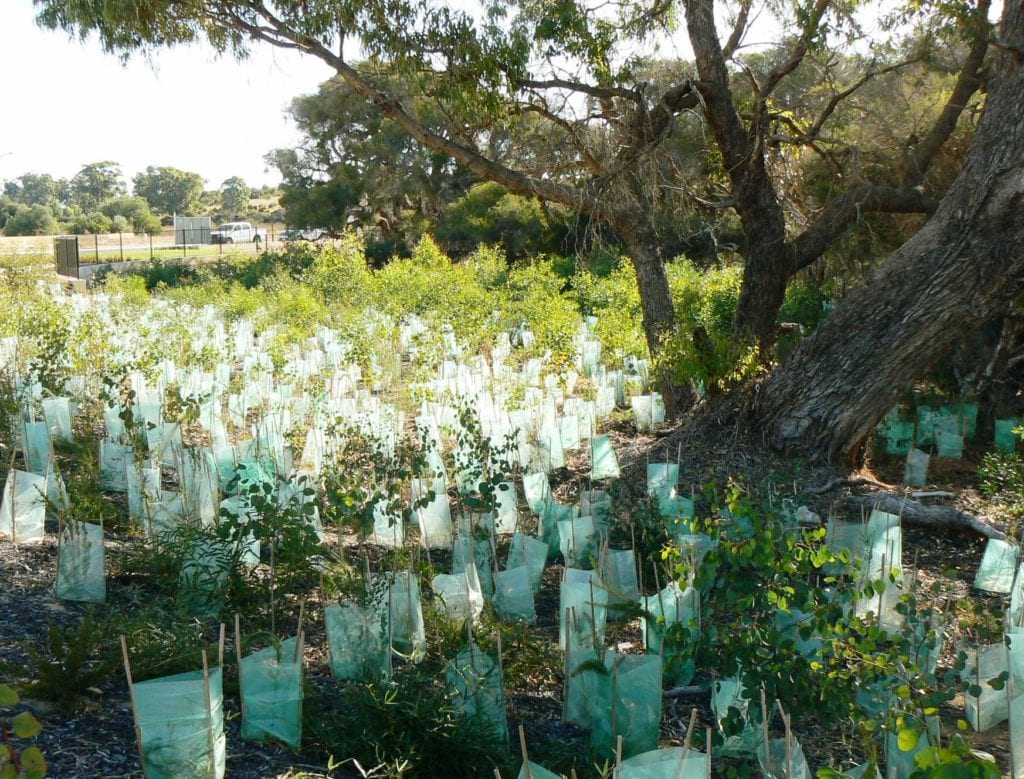
With the developments of drones, we can use them in agriculture, primarily for scanning the area and spraying it with the insecticides and some necessary minerals. The plants usually need to be treated with minerals in the first two or three months. In the end, when the process of revegetation is done, you will still have a lot of work. The plants require water and protection from wild animals and insects.
It might seem too complicated, but this method is crucial for the saving of our environment because it positively affects our air and water. The trees are making the ground more resistible to erode. Also, with re-growing some areas with plants, that gives a chance that some of the animal species would come back there too, and repopulate.
From many ecological benefits of this process, your garden will also look much better with some trees in it, and you will also have great protection from the sun.
 Imagup General Magazine 2024
Imagup General Magazine 2024
